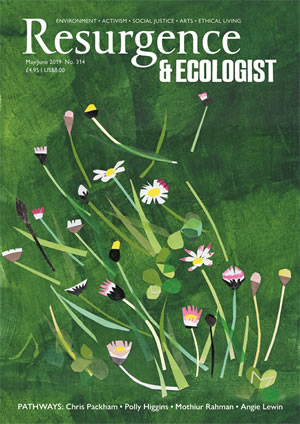Cycling in the Netherlands is prone to a great many misconceptions. Chief among them is the idea that Dutch cycling culture came to fruition as a result of a frictionless and long-standing love affair with the bicycle, assisted ably by a geographical landscape that lends itself to effortless pedalling. It was not ever thus. Dutch streets and their orientation around people rather than cars were the result of a great deal of planning, resistance and a not uneven dose of good fortune. It took guts, determination and a populace that was willing to actively engage against a style of post-second-world-war planning that they believed was destroying communities’ sense of place. When people argue that street design that prioritises people can never work because “this is not Amsterdam”, it is worth remembering that the Amsterdam we know now wasn’t exactly ‘Amsterdam’ at one time either.
Photos of Amsterdam in the 1970s look little different from the traffic-choked UK town centres of today – wide multi-lane roads filled with vehicles jostling for every inch of road space. Between 1960 and 1970 the number of cars in Amsterdam quadrupled and the city was seriously contemplating the construction of a series of US-style motorways that would criss-cross through the city, supplemented by large-scale parking facilities to be built around major destinations. A 1972 traffic plan proposed the construction of a four-lane motorway that would result in the razing of a historic neighbourhood. Opposed by a cadre of relentless grassroots activists and derisive newspaper editorials, the plan was eventually shelved by a single council vote in 1972, showing just how close Amsterdam came to choosing a path followed by many cities the world over. A small stone monument of a turtle today stands as a reminder of how hard Amsterdam had to fight to preserve its cycling status.
As Building the Cycling City shows, many other Dutch cities either narrowly avoided a car-dependent fate or have been hard at work trying to rectify the problem. Here lies another misconception. Dutch towns and cities are far from a finished product. Cities such as Rotterdam and Eindhoven remain somewhat car-oriented in their design, Rotterdam especially, due to its wide roads and ample space for parking. Change, even here, continues to be hard, with hostility from various quarters making progress a continual battle.
So how is progress made possible in the Netherlands, and what can other countries learn from the experience? First, there is no one-size-fits-all approach – each city has its own geographic and demographic challenges that need to be overcome. But what this book makes clear is that good street design, the value of observational studies, education from an early age, and even a sprinkling of tactical urbanism can all go a long way. Many cities across the world are replicating the Dutch to enormously positive effect. This book highlights progress made in some of the unlikeliest of places, from New York to Vancouver, Austin and even Calgary, widely considered the nexus of Canada’s oil industry.
But what this book highlights most crucially is that the Dutch have taken a meticulous approach to street design, beginning with experiencing the city at eye level to gauge how people use space, before planning accordingly. This results in remarkable attention to detail, encompassing everything from varying textures of materials to the broader notions of an area-wide network and treatment of residential streets – all of which are used to ensure that road design exhibits a certain intuitive comfort for pedestrians and cyclists, communicating messages about priority and behaviour for all road users simply through its look and feel.
Good cities are not just about cycling, however. Perhaps the most intriguing kernel of information in the book is just how crucial public transport and the rail network are for the country’s bicycle culture. While the Dutch have mastered short inner-city trips, converting the majority of them from car to bicycle, longer-distance travel remains the preserve of the car and the train. Dutch train companies and bicycle hire companies are now working hard in partnership to convert more journeys to a mix of both modes – a valuable lesson for the UK, perhaps, at a time when the cost of train travel vastly exceeds that of motoring, and when the ease of parking and carrying a bicycle on the UK train network remains a significant challenge.
The Dutch have come far over the decades, transforming their country into an ideal example of what a cycling nation should look like. Getting there has been and continues to be a tremendous battle, as this book shows. However, the world’s great cities should be encouraged by just what the Dutch have achieved. It is not for nothing that Dutch children rank among the world’s happiest, the country’s quality of life among the world’s best, and its CO2 emissions among the world’s lowest. We too can share in this joy. Decision makers the world over would do well to read this book to see just how clean, humane and pleasant our towns and cities can be.







